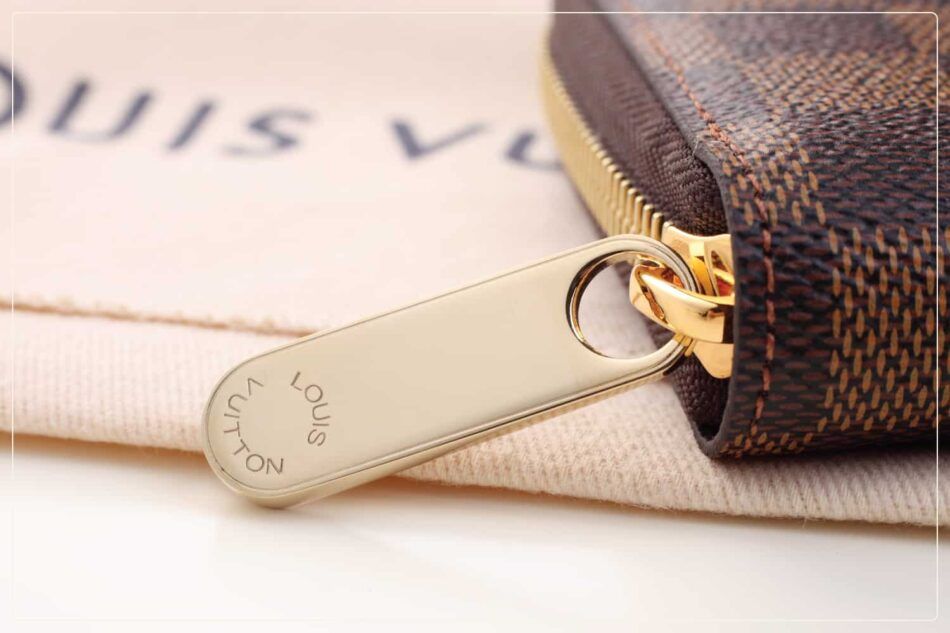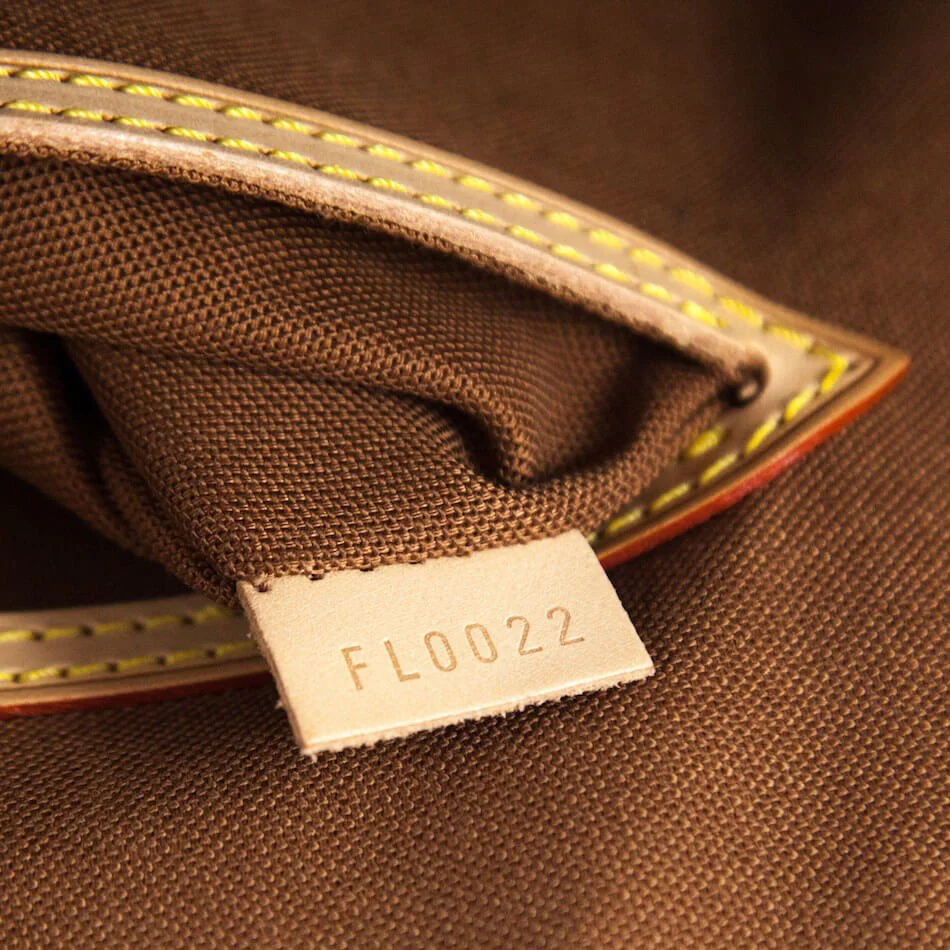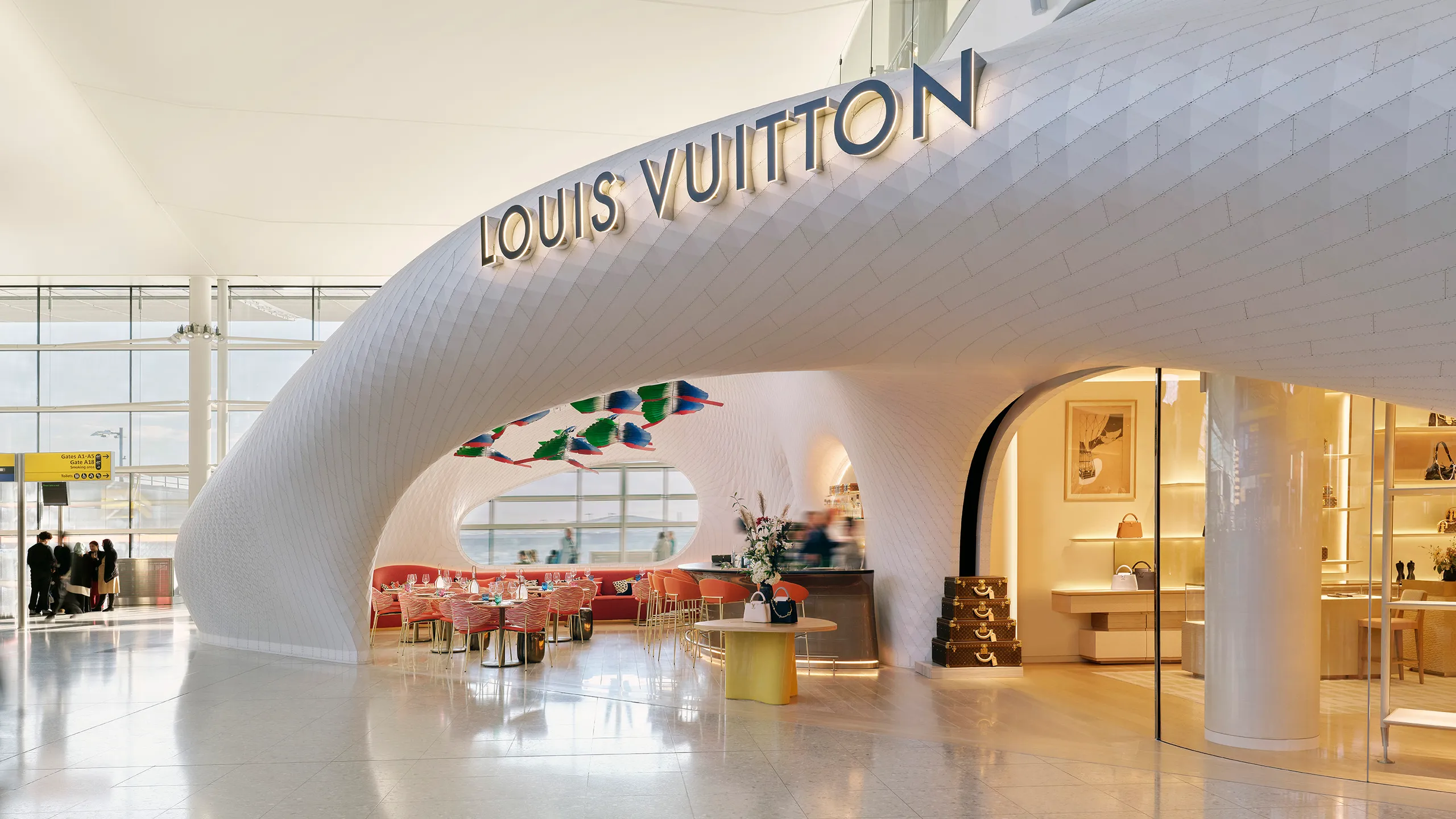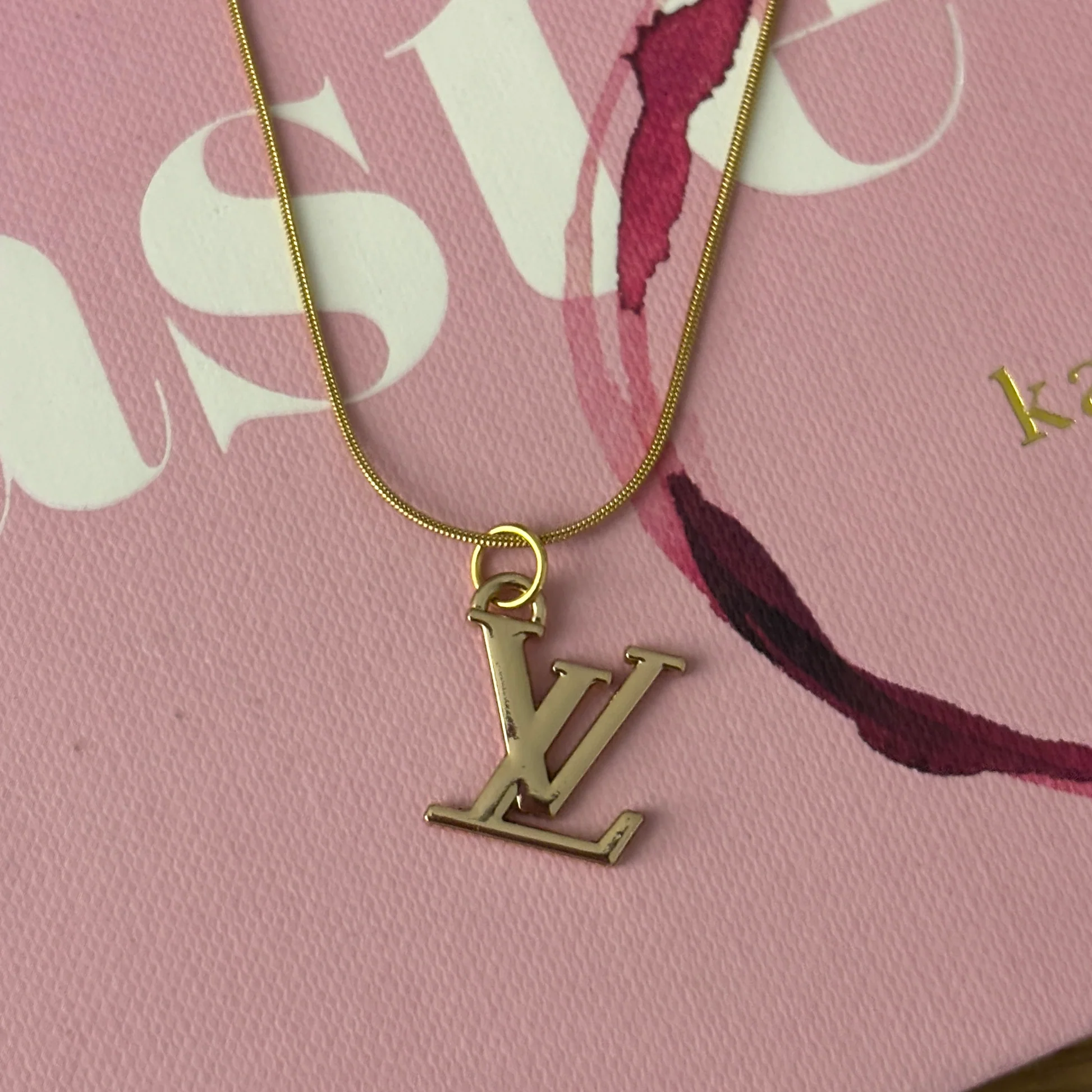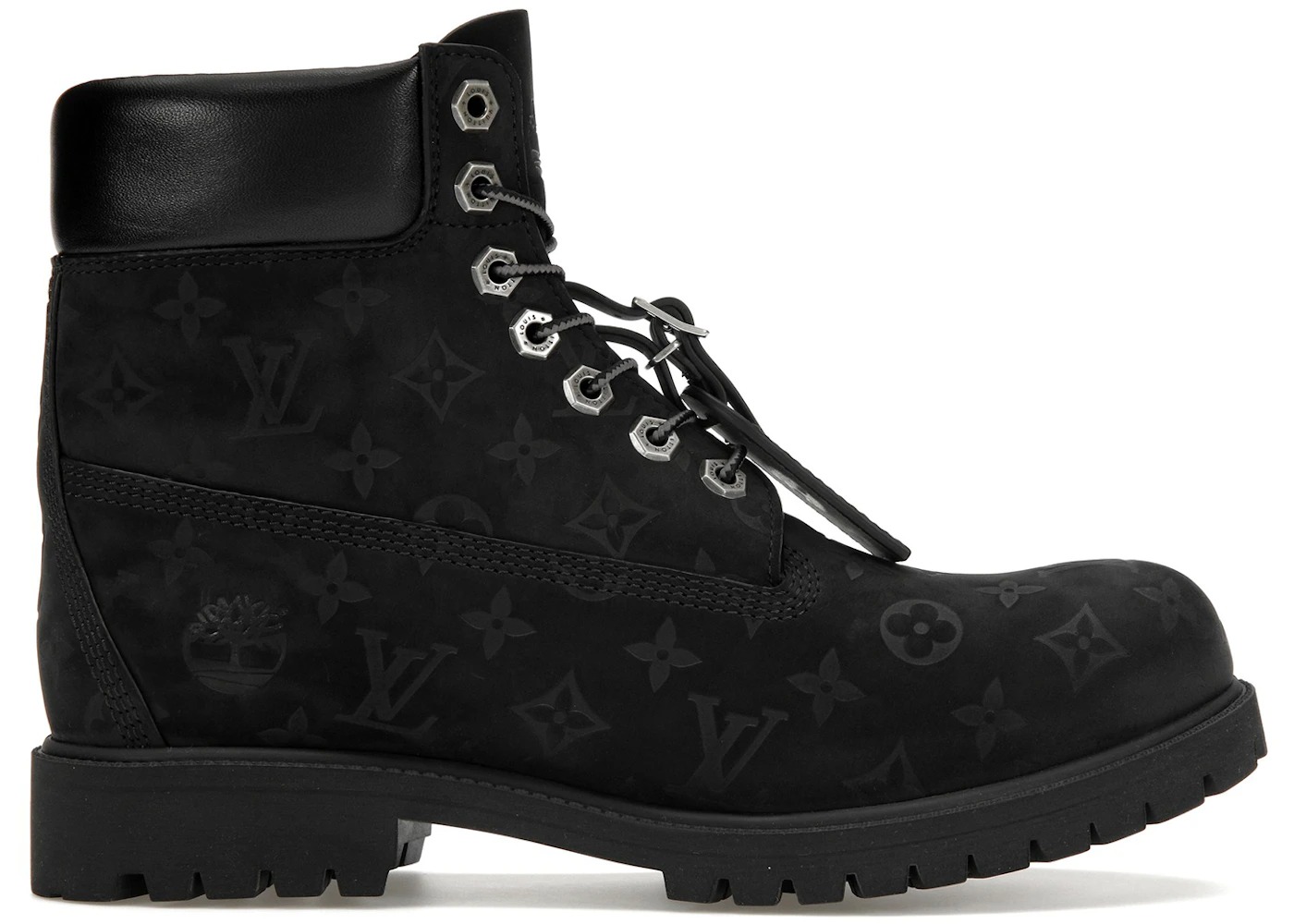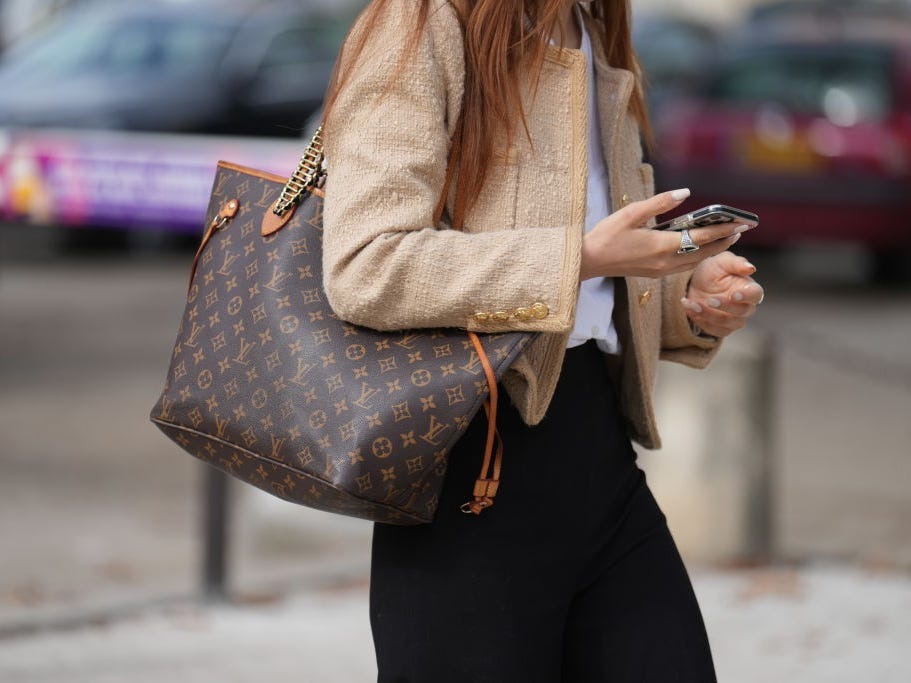Non-Genuine Louis Vuitton – Louis Vuitton is one of the most coveted luxury brands in the world, symbolizing prestige, craftsmanship, and timeless style.
However, with global popularity comes a darker side—the proliferation of non-genuine Louis Vuitton products.
Counterfeit items flood marketplaces, social media, and unauthorized retailers, tricking unsuspecting consumers and damaging the reputation of legitimate sellers and fashion lovers alike.
In this article, we dive deep into the world of non-genuine Louis Vuitton: how to identify fakes, why counterfeits are harmful, and how consumers can protect themselves and the integrity of the fashion industry.
What Are Non-Genuine Louis Vuitton Products?
“Non-genuine” refers to counterfeit or fake Louis Vuitton items—unauthorized replicas designed to mimic the appearance of authentic LV products without being produced by the brand. These products often include
- Handbags and wallets
- Belts and shoes
- Clothing and accessories
- Jewelry and sunglasses
They are usually sold at suspiciously low prices through shady websites, online marketplaces, social media ads, or street vendors.
Unlike replicas or “dupes” (which may be similar in style but don’t carry fake branding), non-genuine Louis Vuitton products often illegally use trademarks, logos, and brand elements to mislead consumers.
The Dangers of Counterfeit Goods
Buying non-genuine Louis Vuitton items may seem harmless, especially when the price tag is significantly cheaper.
However, counterfeit products come with a range of serious consequences, both for the buyer and society at large.
- Poor Quality and No Value
Counterfeit items are not made with Louis Vuitton’s standards or materials. While an authentic Louis Vuitton bag may last decades, a fake one often deteriorates within months.
Issues include:
- Peeling faux leather
- Broken zippers and hardware
- Crooked stitching
- Faded monograms
- Color bleeding or bad odors
- Legal and Ethical Risks
Buying or selling counterfeit goods can have legal consequences. In many countries, it’s a crime to knowingly purchase or import fake designer items.
Some jurisdictions also seize counterfeit goods at customs, meaning you could lose your money entirely.
Moreover, counterfeit manufacturing is often linked to:
- Child labor and sweatshops
- Organized crime and smuggling
- Environmental violations
Supporting this industry unknowingly fuels exploitation and crime.
- Hurting the Brand and the Market
When counterfeiters flood the market with fake Louis Vuitton products, they devalue the brand’s prestige and hurt legitimate businesses.
Consumers who are duped into buying fakes may also lose trust in the brand entirely.
How to Spot a Non-Genuine Louis Vuitton Item
Counterfeiters are getting more sophisticated, making it harder to distinguish real from fake.
However, there are still several telltale signs that can help you identify a non-genuine Louis Vuitton product.
- Price Too Good to Be True
If a Louis Vuitton bag is being sold for $100 when it normally retails for over $1,500, it’s a red flag.
Louis Vuitton never discounts its products and does not authorize third-party discount retailers.
- Suspicious Sellers or Websites
Avoid buying from:
- Unverified online stores
- Pop-up ads on social media
- Marketplaces without buyer protection
- Street vendors or flea markets
Louis Vuitton products should only be purchased through official Louis Vuitton boutiques, the brand’s official website, or select department stores like Saks or Neiman Marcus.
- Logo and Monogram Details
Authentic Louis Vuitton items have
- Clean, symmetrical monogram placement
- Sharp, clear fonts
- Consistent sizing and spacing
Fake items often show:
- Crooked or misaligned LV logos
- “L” and “V” letters that are too thick or thin
- Monograms that are cut off at seams
- Hardware and Stitching
Check for:
- Heavy, high-quality zippers and clasps
- Perfectly even stitching
- Engraved hardware (not printed or glued)
- Stitch count consistency (e.g., exact number of stitches on a handle tab)
- Date Codes and Serial Numbers
Louis Vuitton uses date codes (not serial numbers) to identify when and where an item was made.
These are typically discreetly embossed inside the bag or on the lining.
If the item lacks a date code or has a suspicious one, it’s likely non-genuine.
Note: Some very recent Louis Vuitton items have moved to using microchips instead of date codes, a fact counterfeiters have yet to catch up with.
Protecting Yourself from Counterfeits
To ensure you’re buying a genuine Louis Vuitton item, follow these steps:
- Buy from Authorized Sellers Only
Always purchase from:
- Louis Vuitton stores
- Louis Vuitton’s official website
- Trusted luxury retailers (in-store or online)
- Use Authentication Services
If you’re buying pre-owned or vintage, use reputable authentication services.
Many third-party platforms (like Real Authentication, Entrupy, or AuthenticateFirst) provide expert verification.
- Ask for Proof of Purchase
When buying secondhand, ask for the original receipt, packaging, and dust bag.
While these can also be faked, they add a layer of reassurance and credibility.
- Educate Yourself
Learn how genuine Louis Vuitton products look, feel, and function.
Watch tutorials, read guides, or compare in-store examples with items you’re considering buying.
Why Authenticity Still Matters
In the era of “fast fashion” and budget shopping, it’s easy to fall into the trap of thinking that a knock-off looks just as good as the real thing.
But authenticity still matters—and not just because of price or prestige.
Authentic items offer:
- Longevity and quality that save money over time
- Emotional value and pride in ownership
- Legal peace of mind and ethical buying
- Resale value, should you ever want to sell it
Owning a real Louis Vuitton product isn’t just about fashion—it’s about supporting art, heritage, and integrity.
Conclusion
Non-genuine Louis Vuitton products may offer the illusion of luxury, but they come at a high hidden cost.
From legal and ethical concerns to poor quality and personal risk, counterfeit goods undermine the very spirit of fashion, craftsmanship, and self-expression.
Choosing authenticity is about more than brand loyalty—it’s about respecting creativity, supporting ethical production, and making smart, informed purchases.
The next time you see a “deal” that seems too good to be true, remember: real style can’t be faked—and neither can genuine luxury.


